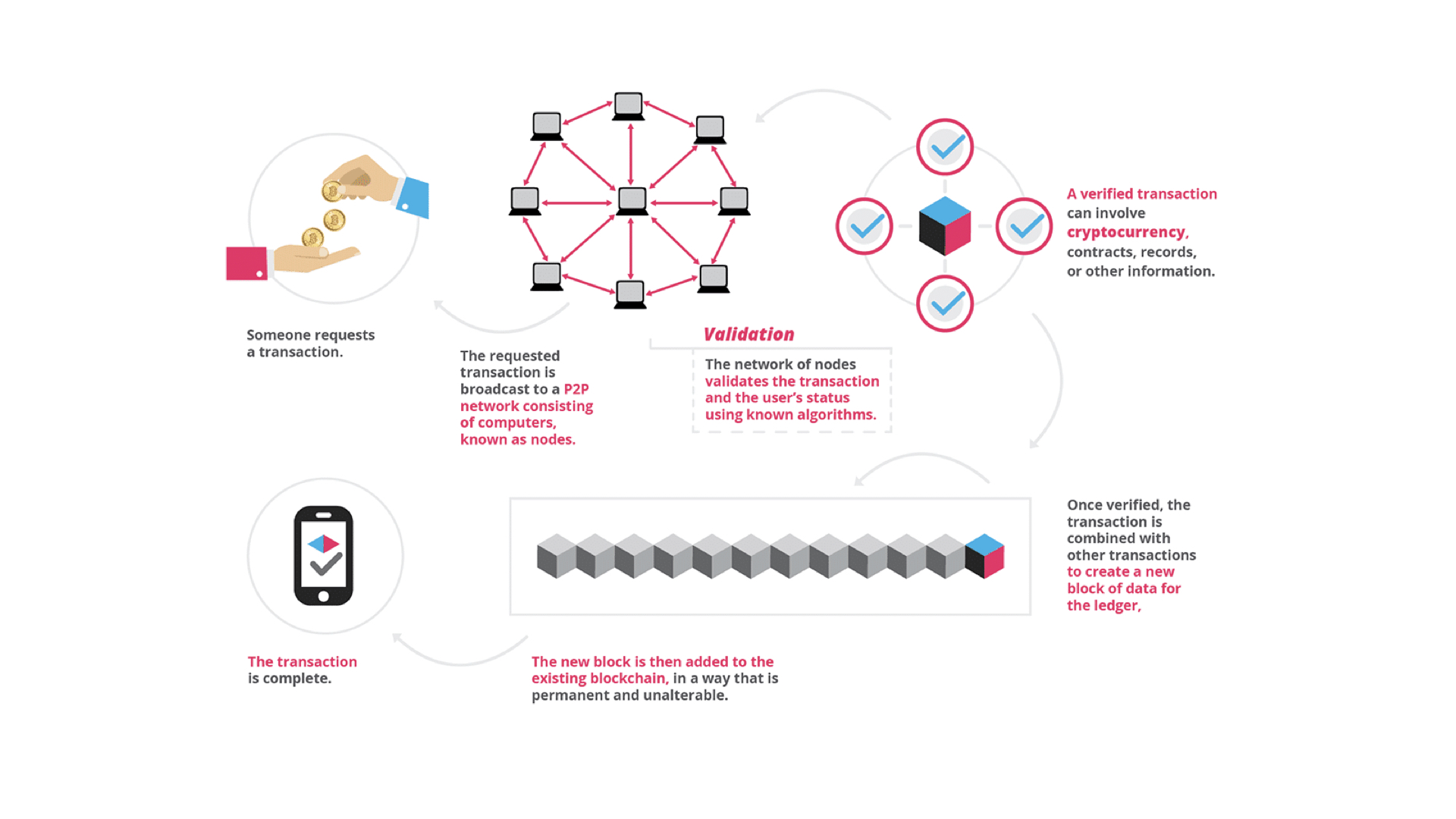 What is Blockchain Technology?
What is Blockchain Technology?
‘Blockchain’ technology, which powers things like Bitcoin, has become the hot new thing as of late. The buzz around the technology has gotten so out of hand in fact, that some companies have seen huge increases in their share price just by adding the words ‘Blockchain’ to their company name. Naturally, this has spilled over into the world of orthodontics with many claiming that block chain technology is going to be the next big wave of innovation across the specialty without much understanding about what the technology is or does. I thought it appropriate to take a step back and have a very basic discussion about what Blockchain is and what types of problems it is designed to solve before everyone starts getting drunk on the Kool-aid.
Block Chain is merely a continuously growing list of records, called blocks, which are linked and secured using cryptography to form a ledger. Each block will typically contain a link (has pointer) to the previous block, a timestamp, and relevant data. The encryption used with Blockchain is just like any encryption that we currently use to secure private information, and it is designed to allow for secure digital identities to sign off on any transactions or changes to the digital ledger. The private encryption keys that facilitate these secure digital signatures are vulnerable to theft and hacking, and should be kept secure the same as you keep your password secure. However, these digital accounts are only half of the equation.
In order for a new ‘block’ to be added to the ledger, the request needs be approved and validated in some fashion. In Blockchain, this validation is accomplished through a distributed network of ‘nodes.’ These ‘nodes’ are simply terminals that have administrative privileges to verify changes to the ledger, and any new blocks are simultaneously broadcasted to all the ‘nodes’ in the network for verification. The network of ‘nodes’ then verifies new blocks (as well as confirms the record of previously verified blocks) through a consensus protocol wherein no single user is implicitly trusted to verify all transactions. This is the unique value of Blockchain technology. By having a decentralized ledger, where blocks are distributed across the network and verified by consensus, the ledger is less corruptible and more inherently resistant to modification because any changes to the ledger would require the consensus from the ‘nodes’ for validation.
Blockchain technology also requires that there be a form of incentive for the ‘nodes’ to want to participate in the validation of each block. During the validation process, each ‘node’ is responsible for solving a series of specialized math problems to commit new transactions to the Blockchain through a process that is often referred to as mining. Without the participation of ‘miners’ the ledger the chain cannot continue.
What Value Can Blockchain Offer?
People have begun to look at any process with a growing list of records as something that can benefit from the implementation of Blockchain, but this is not the case. The need for a Blockchain system at all presupposes a degree of mistrust that can be resolved by creating a decentralized ledger. Without inherent mistrust, there is not much value in converting entire industries over to different record keeping protocols. Bitcoin provides a compelling solution for financial transactions because it allows for secure verification of transactions and circumvents potential issues of corruption that can arise from centralized of control over financial systems.
It is also important to note that Blockchain does not actually make any private information contained within the blocks any more secure than achieved by good encryption practices. This is a common misconception, but the consensus protocol is for preserving the security and integrity of the chain/ledger itself and not private data within.
To answer the question of whether Blockchain technology provides a compelling solution for a particular industry, we must first identify areas where there is a lack of trust and then determine in what way miners can be properly incentivized to maintain the integrity of the chain. Otherwise, it is nothing more than current solutions being repackaged under a different name and served up as VCbait.









